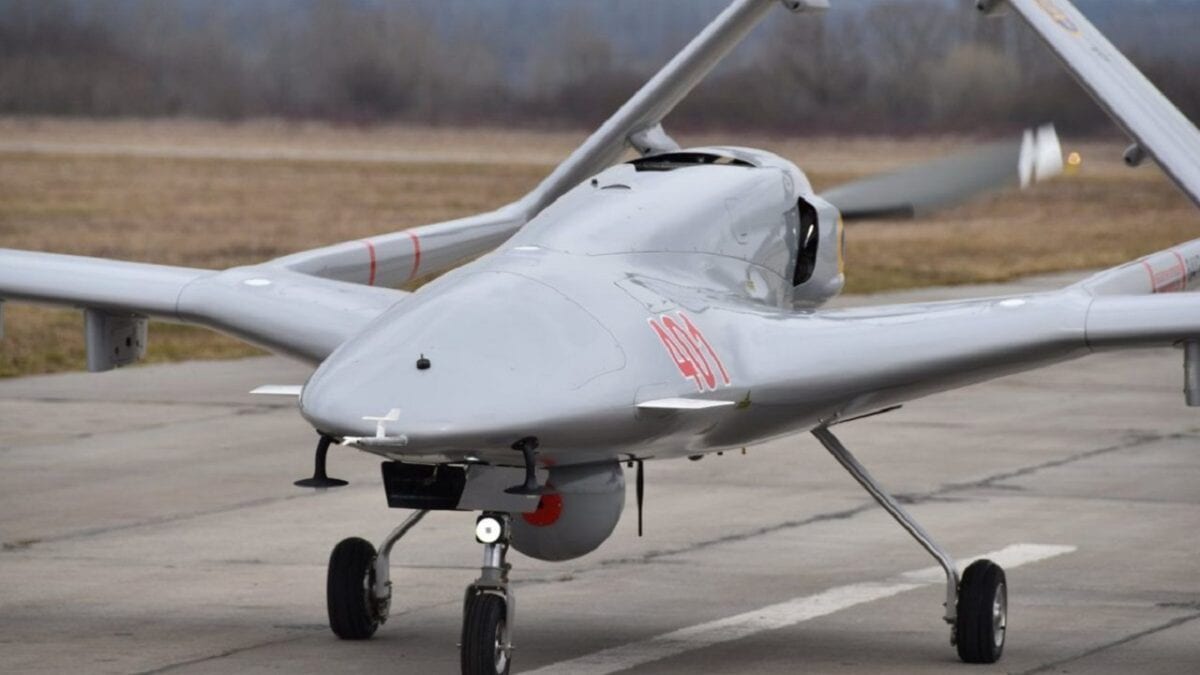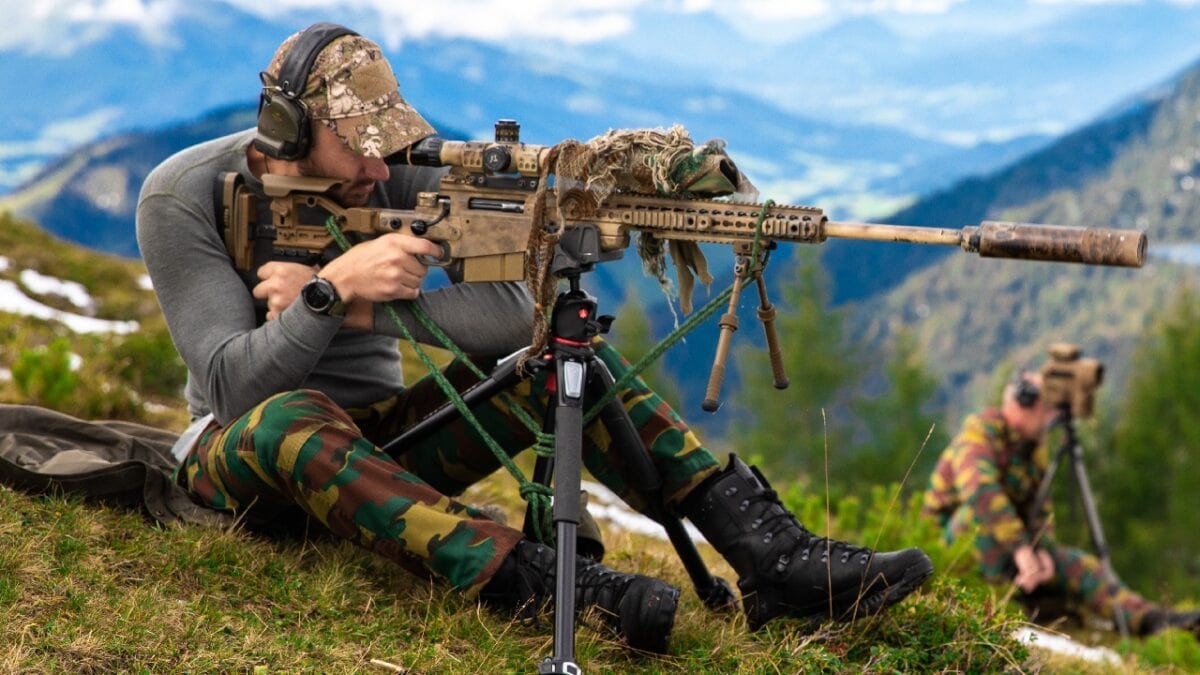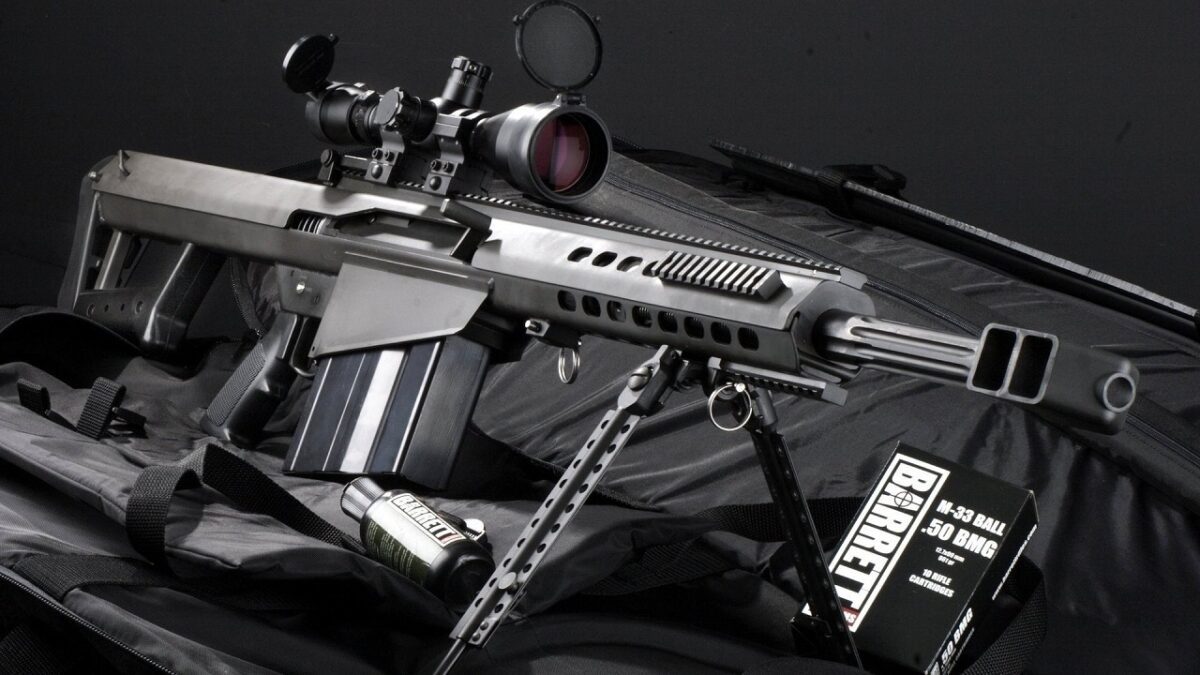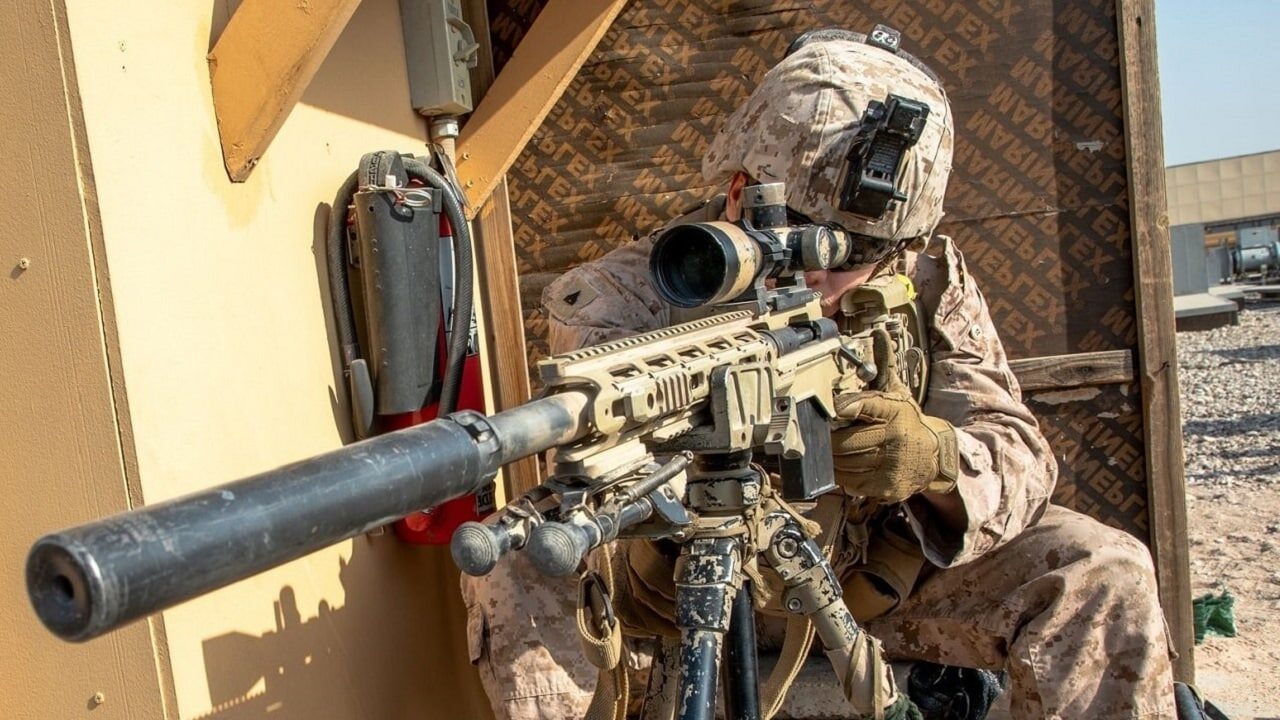Russia’s unprovoked invasion of Ukraine has created an outpouring of support for Kyiv, manifesting in unprecedented deliveries of military assistance from across Europe and North America—even from countries known for their dovish or neutrality-embracing politics.
These weapons are mostly being dropped off in Poland where they are then transferred via non-military middlemen into Ukraine. Some countries, like Canada, Greece, and Iceland are dispatching transport aircraft to help ferry arms to Poland.
The numerous pledges to supply Ukrainian forces fighting the Russian invasion appear to have particularly rankled the Kremlin, likely helping spur retaliatory nuclear brinksmanship rhetoric.
Excluding critical deliveries of anti-tank and anti-aircraft missiles—detailed in a companion piece—this article surveys the diverse other forms of military assistance to Kyiv from countries in Europe and North America, evaluating their utility in Ukraine’s present desperate military situation.
Neutral No More
Russia’s unprovoked invasion has shocked many countries into departing long-standing neutrality policies. Finland and Austria, required to remain neutral in the Soviet-NATO conflict during the Cold War, are now supplying weapons to Ukraine to fight Russians. Norway overrode a ban on arms exports to countries at war. Germany, formerly refusing to deliver weapons to Ukraine, is now dispatching hundreds of missiles.
Furthermore, Finland and Sweden are now considering NATO membership more seriously than before. Putin, instinctually prone to counterpunching, must reckon with the risk that escalated threats may only spur these countries into NATO’s arm.
European Union: Arsenal of democracy?
In addition to €50 million in non-lethal assistance, the European Union has pledged to provide €450 million ($500 million) in arms—an unprecedented move for the intergovernmental organization. The EU will pay for munitions, air defense, and anti-tank systems; as well as helmets and body armor, fuel and first aid kits.
EU foreign policy chief Josep Borrell also announced plans to transfer jet fighters “familiar” to Ukrainian pilots, seemingly referring to MiG-29s operated by Bulgaria, Poland and Slovakia. That scheme rapidly collapsed but is still under consideration in Poland.
Artillery
- 4,006 152-millimeter heavy artillery shells from the Czech Republic
- 1,770 152-millimeter artillery shells from Poland
- Nine 122-millimeter D-30 field howitzers from Estonia (released by Germany)
- 12,000 120-millimeter mortar shells from Slovakia
- Five ANT/TPQ-36 Firefinder counter-battery and two Thales Squire ground surveillance radars from the Netherlands
Ukraine’s military has a decent quantity of artillery—but a shortage of artillery shells. Thus donating compatible artillery ammunition may be the best way to keep Ukraine’s artillery arm effective. Counter-battery radars can enable Ukrainian artillery to rapidly launch accurate counterstrikes to silence Russian fires.
Body Armor and Helmets
- 10,000 helmets and flak jackets from Austria
- 1,600 fragmentation vests from Canada delivered March 2
- “protective equipment” sufficient to equip four brigades from Croatia
- 2,000 body armor vests, 2,000 helmets from Finland
- 5,000 helmets from Germany
- 3,000 bulletproof vests and 42,000 WZ 2005 helmets from Poland
- 2,000 bulletproof vests and 3,000 helmets from The Netherlands
- 1,500 bulletproof vests and 5,000 helmets from Norway
- 5,000 M90 helmets, 5,000 model 18 vests from Sweden
- Body armor donations from Croatia, Ireland, Norway, Romania, Slovenia, United States
- Helmet donations from Canada, Latvia, Norway, Romania, Slovenia
Modern infantry body armor gives soldiers greatly improved odds of surviving hits to the chest. Helmets protect principally against shrapnel and concussions but can stop a bullet on a good day. Donations of body armor therefore may significantly improve the survivability of Ukrainian soldiers—particularly those in new units being raised across Ukraine.
Direct Financial Assistance
- $620 million in loans to Ukraine (January & February) from Canada
- €300 million ($330 million) donated by France
- $200 million donated by Japan
- €1.7 million ($1.875 million) from Latvia
- 500 million kroner ($52 million) from Sweden
- $200 million donated by the U.S. in January
Financial aid or loans allow countries to write blank checks Kyiv can use to acquire arms the donor itself can’t provide or may be legally obstructed from exporting.
Drones and Surveillance
- 140 commercial DJI Mavic mini-drones crowdfunded by Finnish volunteers
- 90 commercial drones donated by Latvian companies
- 8 FlyEye surveillance mini-drones from Poland
- Turkey has reportedly delivered additional Bayraktar TB2 combat drones
- $790,000 worth of hi-resolution commercial satellite imagery from Canada
At the onset of hostilities, Ukraine is believed to have had 12-20 Bayraktar TB2 combat drones out of 48 it had ordered from Turkey. On the fourth day of the war, camera feed footage revealed Kyiv’s Bayraktars had begun picking off Russian air defense systems, artillery, and supply convoys. Additional Bayraktars Ukraine reportedly was delivered by Turkey this week.
Polish-built FlyEye mini-drones, meanwhile, are apt for flying surveillance missions and acquiring targets for deadly artillery strikes. Even commercial drones can provide useful surveillance capabilities out to shorter distances.

Bayraktar TB2 Drone of the Ukrainian Air Force.
Food
- 400,000 meal packs from Canada
- 25,000 field rations from Estonia
- 70,000 combat ration packages from Finland
- 31 tons of food from Hungary
- 15,000 field rations from Norway
- 135,000 field rations from Sweden
- Food aid from France, Latvia, New Zealand, Romania
Ukrainian forces in Kyiv, Kharkiv, and elsewhere are likely to soon be pinned be down in lengthy urban sieges with supply lines cut. Any non-perishable food supplies that can reach them before they’re surrounded will enable prolonged resistance.
Machine Guns
- 3,200 vz.59 7.62mm general-purpose machine guns from the Czech Republic
- MG42/59 7.62mm machine guns (MG3 with reduced firing rate) from Italy
- Browning M2 .50 caliber machine guns from Italy
Machine guns help deny terrain to enemy infantry, as well as suppress adversaries in cover, reducing their ability to move or shoot back. That helps “strip away” infantry screens protecting armored vehicles from ambushes by anti-tank weapons. .50 caliber machine guns, while very heavy, are effective at longer range, and hit hard enough to damage low-flying aircraft and lightly armored vehicles.
Small Arms
- 5,000 FN FNC 5.56mm assault rifles from Belgium
- “rifles and machine guns” from Croatia sufficient to equip four brigades
- 5,000 vz.58 assault rifles from the Czech Republic
- 2,085 vz.61 Skorpion submachine guns from the Czech Republic
- 30,150 vz.82 9mm pistols
- 31 7.62mm Dragunov and 12.7mm Falcon sniper rifles from the Czech Republic
- 5 million rounds of ammo from the Czech Republic
- 2,500 assault rifles, likely 7.62mm RK54 or RK 56TP (ie. AKS-47 and Chinese Type 56 respectively) with 150,000 rounds from Finland
- “Kalashnikov rifles” from Greece
- 10 Barret M82 .50 caliber anti-material rifles from The Netherlands
- 90 AX .308/.338 sniper rifles with 30,000 rounds from The Netherlands
- 10,000 GROT modular assault rifles from Poland
- G3 battles rifles from Portugal
- Kalashnikov assault rifles from Slovenia
Ukraine is raising reserve, volunteer, and local defense units that will require tens of thousands of rifles or other small arms. These may constrain the freedom of maneuver of lighter Russian vanguard forces, including VDV paratroopers, Rosvgardia riot police, and SSO and Spetsnaz commandoes.

Belgian Special Forces sniper teams fire M82s upon long-range targets from an elevated shooting range at the High Angle Sniper Course, in Hochfilzen training area, Austria, September 30th, 2020. The high angle sniper course lasts two weeks and is designed to teach and train sniper teams the necessary skills to operate in mountainous terrain. (U.S. Army photo by Sgt. Patrik Orcutt)

Barrett M82. Image Credit: Creative Commons.
Sniper rifles are also likely to become of increasing importance as fighting becomes less mobile. Over-sized Falcon and M82 anti-material rifles can also be used to damage valuable equipment at long distances.
Other Infantry Support Weapons
- 7,500 grenades from Canada
- Mortars from Italy
- 100 LMP-2017 60-millimeter light mortars with 1,500 rounds from Poland
- RPG-40 grenade launchers from Poland
- 30,000 5.56mm rifle and 23mm cannon rounds from Poland
Mortars are semi-portable artillery-like weapons that are particularly useful in urban areas because their high-lofted trajectory allows them to arc over tall buildings.
Fuel
- 100,000 liters of fuel from Austria
- 3,800 tons from Belgium
- 400,000 meal packs from Canada
- 10,000 tons of fuel from Germany
- 100,000 liters from Hungary
- 10 million liters of fuel, 2.4 million liters of aviation fuel from Slovakia
- Additional fuel-aid from France, Ireland, Romania, South Korea
Armored vehicles burn through fuel extremely quickly. Fuel deliveries, therefore, ease one source of logistical strain in Ukraine’s war effort, though whether adequate fuel reserves can make it to cities east of or on the Dnieper River is unclear.
Other Infantry Equipment
- Gas masks, mine detectors, night vision goggles, and medical kits from Canada
- 14 “armored vehicles” from Germany
- Unspecified non-lethal equipment from Ireland
- Counter-IED systems from Italy
- Jeeps from Luxembourg
- 30 mine detectors and 2 detection robots from The Netherlands
- 1,000 Gas masks from Norway
- Night vision goggles, grenades, and radios from Portugal
- 2 Bozena demining systems from Slovakia
Night-Vision Goggles drastically enhances the effectiveness of infantry at night. Should fighting become more static, mine warfare may become prevalent, necessitating use of counter-mine systems.
Medical and Humanitarian Aid
- 5 million euros of medical supplies from Azerbaijan
- 700 first-aid field kits and a mobile hospital from Denmark delivered February 26
- 100 stretchers, two emergency medical care centers from Finland
- 100 tons of humanitarian aid (including medicine, water purifications, tents, blankets etc. from Israel
- $200 million towards health facilities and food, hygiene supplies from New Zealand
- 2,000 sleeping bags, 10,000 sleeping pads
- 27 tons from Taiwan
- blankets/tents, sleeping bags, mobile kitchen from Turkey
- medical supplies from Estonia, India, Ireland
For every person killed in war, there are ordinarily many more wounded. Ensuring adequate medical supplies and facilities are available to treat the tens of thousands (at a minimum) injured is essential on humanitarian grounds, as well as preserving the effectiveness of defending forces.
Where should the aid go?
As Russian forces advance, it will grow more difficult and eventually nearly impossible for foreign military aid to make it to critical battlegrounds like Kyiv, Kharkiv, Chernohiv, and Mariupol, or the battle-hardened troops of the Joint Forces Operation near Donbass. Getting supplies and arms to these areas before they are cut off is essential.
On the other hand, Ukraine’s military also has its hand’s full preparing defenses of Western Ukrainian cities like Lviv and Odessa, which should remain accessible via road networks running from the Polish and Romanian border. Basic infantry equipment may be especially useful for standing up new reserve and volunteer units that can make rapid Russian advances more difficult—at least if those units also receive adequate anti-armor and anti-air weapons, foreign deliveries of which are detailed in a companion article.
Sébastien Roblin writes on the technical, historical, and political aspects of international security and conflict for publications including the 19FortyFive, The National Interest, NBC News, Forbes.com, and War is Boring. He holds a Master’s degree from Georgetown University and served with the Peace Corps in China. You can follow his articles on Twitter.

